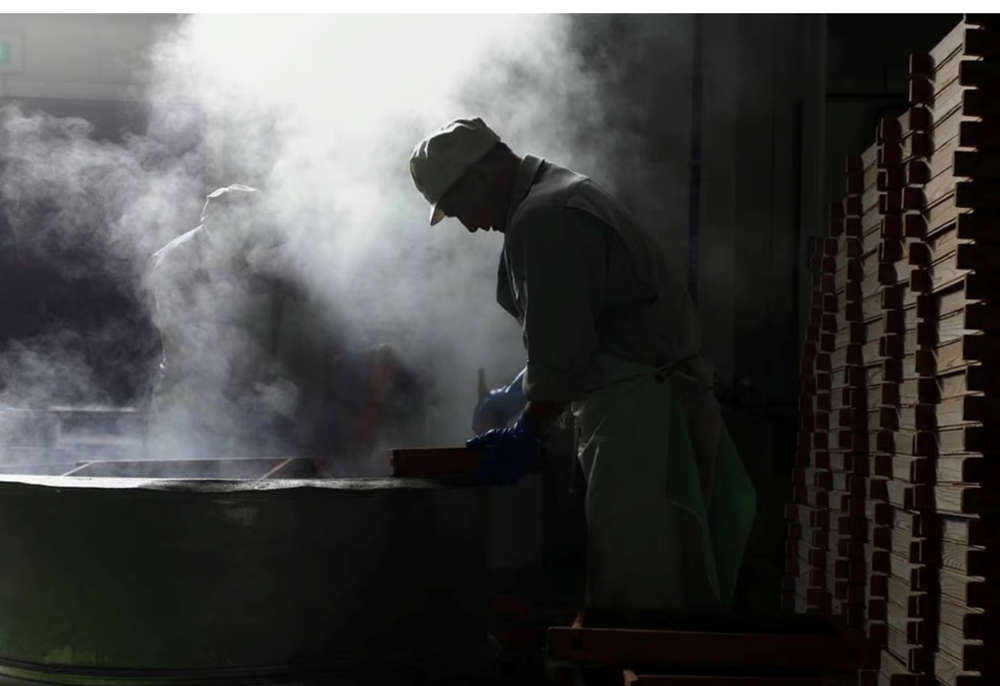
Although Japan's sake industry is facing a crisis due to declining domestic consumption, Kenbishi - Japan's oldest sake brand - remains steadfast in its commitment to pursuing traditional methods, considering it the best guarantee of quality.
According to Kyodo, at the Kenbishi Sake Brewing Company in Japan, a bottle of sake is often placed on the table in the dining room to accompany the employees' dinner. In the kitchen, a lot of sake is being heated.
"You can eat as much as you want for dinner," said Kenbishi plant head Masataka Shirakashi.
Mr Shirakashi hopes the recent addition of traditional sake brewing techniques to UNESCO's intangible cultural heritage list will encourage a revival of the traditional beverage in Japan.
Traditionally, sake brewing takes place in the winter. Starting in October every year, 60 brewers stay at the brewery for 6 months.
Sake consumption is falling rapidly in Japan. Drinking habits are changing, especially among young people. According to data from Japan's National Tax Agency, by 2022, sake consumption had fallen to a third of its peak in the early 1970s.
“There is no doubt that the sake industry itself is facing a crisis,” Mr. Shirakashi said in February this year.
However, traditional knowledge and skills in the brewing process continue to be maintained and preserved, and many breweries are now taking advantage of the growing interest in sake from other countries to spread their brands.
With about 2% of Kenbishi's brewery's sales now coming from exports, Mr. Shirakashi sees the list as an opportunity for the Japanese people to reconsider the opportunity to develop sake.
Preserving traditional cooking methods
In a workshop in Kenbishi, craftsmen use a dakidaru wooden barrel , filled with boiling water and dipped into a fermenting vat to control the temperature in the barrel.
While stainless steel and aluminum have become the industry standard, Mr. Shirakashi argues that only wood can maintain the temperatures required for the Kenbishi sake brewing process.
A team of three craftsmen typically makes about 30 dakidaru barrels a year. About 300 dakidaru are in use at the distillery.
“The maintenance is very troublesome, so fewer and fewer sake brewers use them. They will be brewing tools that visitors will only see in museums,” Mr. Shirakashi emphasized.
Dakidaru is one of the traditional wooden tools and equipment for brewing sake. Mr. Shirakashi said this tool is necessary to ensure that the flavor of Kenbishi sake does not change.
Kenbishi Factory started manufacturing traditional wooden equipment in 2009, and now the factory supplies equipment and tools to soy sauce and vinegar manufacturers.
Last December, Kenbishi announced its latest product, the komodaru, a wooden barrel wrapped in straw and used at traditional festivals across Japan.
Producing and using traditional tools will add costs, but as Japan's oldest sake brand, Mr. Shirakashi feels a responsibility to preserve and maintain the flavor of Kenbishi sake.
“If we give up the taste and brewing method, as well as the traditional tools, Japan will lose all of these,” he stressed.
The Kenbishi brewery was founded around 1505 in Itami, Hyogo Prefecture, Japan. During the country's Edo period (1603-1868), the brewery's sake was very popular.
The Shirakashi family has maintained the Kenbishi brewery for a long time and preserved the flavor of this sake. Kenbishi was one of many breweries in Nada that was destroyed by the earthquake in 1995.
Mr. Shirakashi believes that chasing trends will always leave a company behind.
“The trend will come back, so I believe our sake will always retain its flavor and continue to be well received by customers,” Mr. Shirakashi added.
Source: https://baovanhoa.vn/du-lich/ruou-sake-nhat-ban-bao-ton-huong-vi-truyen-thong-dac-trung-134138.html










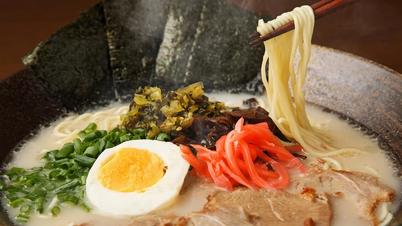


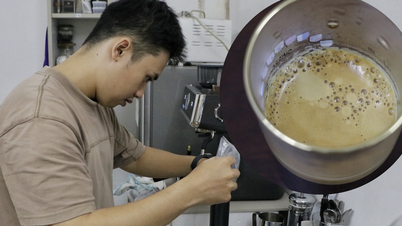

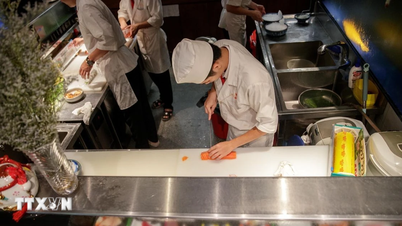











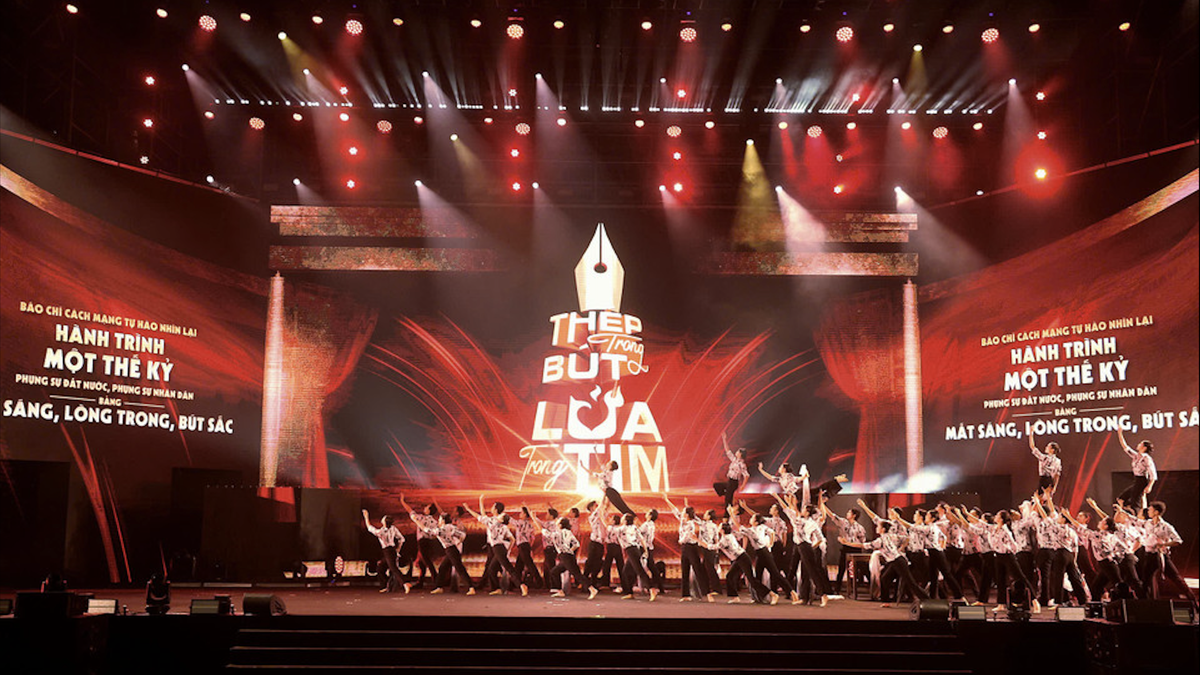
















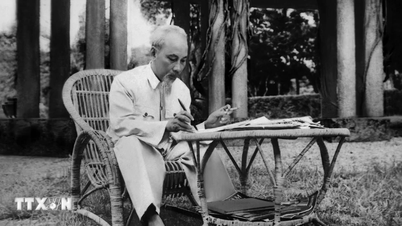








![[Maritime News] Wan Hai Lines invests $150 million to buy 48,000 containers](https://vphoto.vietnam.vn/thumb/402x226/vietnam/resource/IMAGE/2025/6/20/c945a62aff624b4bb5c25e67e9bcc1cb)













![[Infographic] Party Committee of the Ministry of Culture, Sports and Tourism: Marks of the 2020 - 2025 term](https://vphoto.vietnam.vn/thumb/402x226/vietnam/resource/IMAGE/2025/6/22/058c9f95a9a54fcab13153cddc34435e)







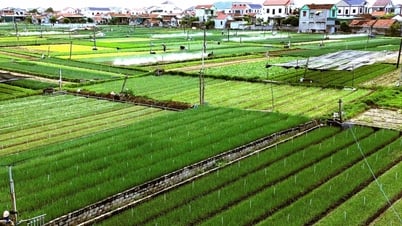

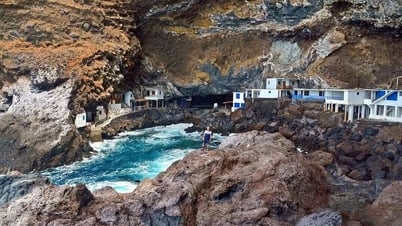




















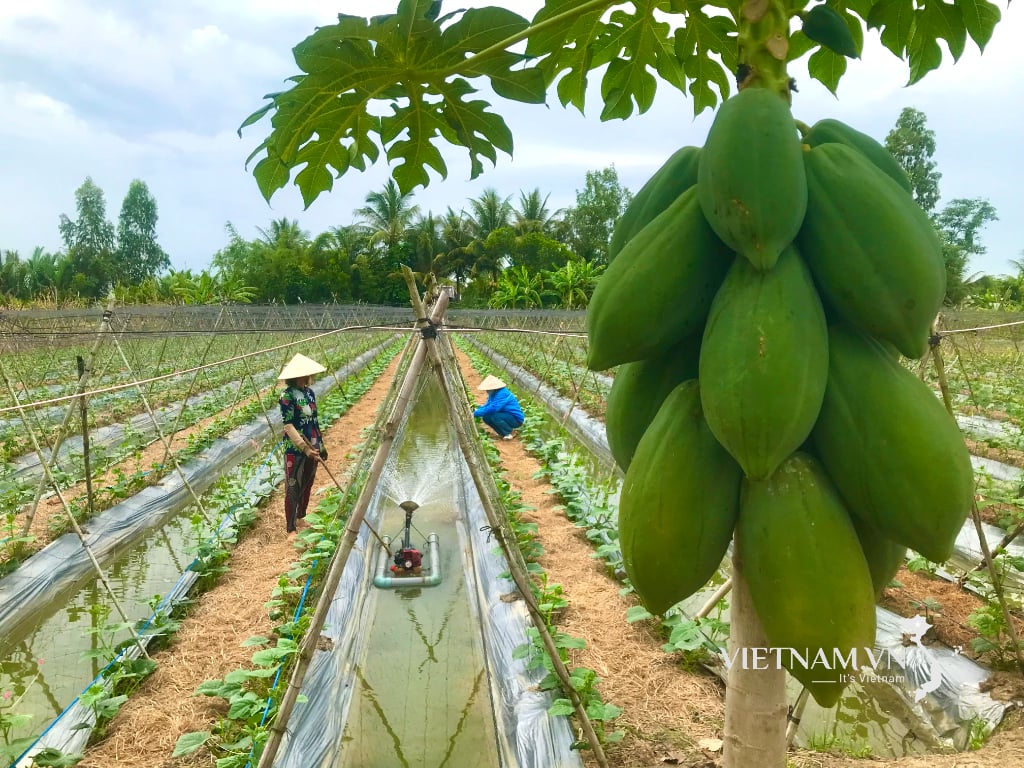
Comment (0)